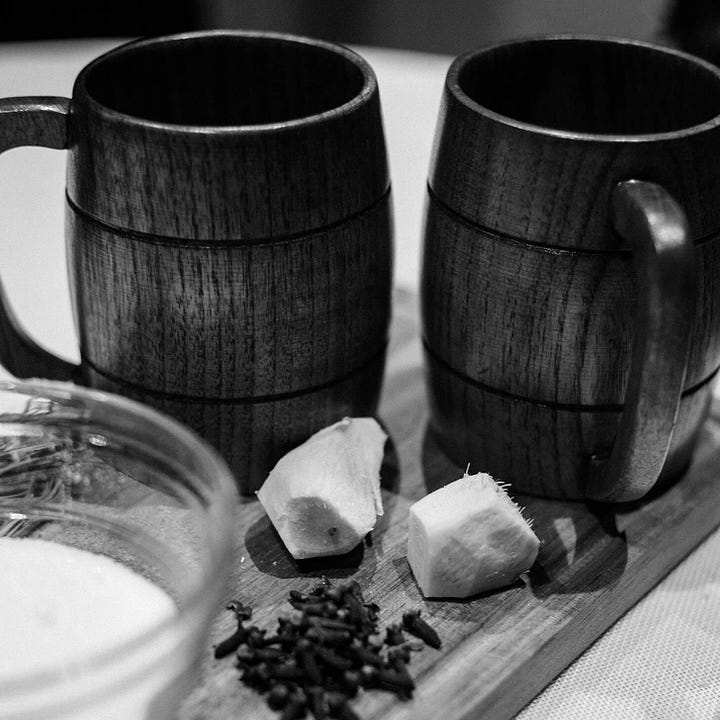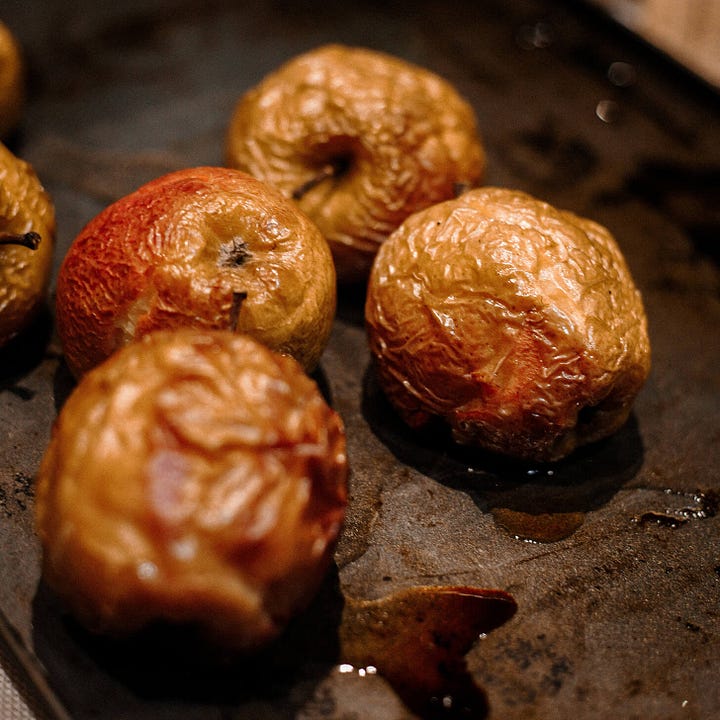Why is the New Year on January 1st?
From Julius Caesar to Pope Gregory XIII, and the Drink to Toast it All!
Welcome back to ‘Get the Dirt’ 2025! We hope you’ve all had a lovely holiday and a great start to the New Year, but have you ever wondered how the ‘New Year’ has changed throughout history?
A Roman Invention?
The Roman New Year was on the 1st of January and it was a pleasant day. It was believed the first day of the new year must be spent as happily as possible - after all this day would set the tone for the rest of the year.
‘A happy morning dawns. Fair speech, fair thoughts I crave! Now must good words be spoken on a good day. Let ears be rid of suits, and banish mad disputes forthwith! Thou rancorous tongue, adjourn thy wagging!’ - Ovid, Fasti, Book 1, Translated by James G. Frazer
But the New Year wasn’t always found on the 1st of January; in fact, January didn’t previously exist at all. Calendars at this time were based on agricultural significance to track the passage of time - such as the flooding of the River Nile in Ancient Egypt - but they weren’t always accurate.
The original Roman calendar was 10 months (304 days) long, divided by the lunar cycles and agricultural seasons, with the New Year on the 25th of March. The problem was as the years passed, this calendar could be up to 4 months out with the solar cycle, January and February were missing, and the addition of a rogue month called ‘Mercedonius’ every other year wasn’t enough to bring things back on track.
Numa Pompilius
So something had to change. It was the second King of Rome, Numa Pompilius, who first brought the calendar closer to one we would recognise today, dividing the year into 12 months, adding January and February, and replacing the 25th of March with the 1st of January as the new start to the year - in a month named after Janus, the Roman god of all beginnings. In 46 BC this became the ‘Julian Calendar’ with these modifications consolidated and improved upon under the orders of Julius Caesar. The calendar was now 365 days long with a leap year every fourth year - sounding familiar?
Til the end of the Roman Empire, New Year was celebrated on the 1st of January. Afterwards, however, Christianity and the Medieval period saw constant attempts to shift it to a more religiously significant date. In Medieval Europe, despite the Julian Calendar remaining strong - lasting until the 16th Century - the 1st of January was replaced again with the 25th of March. In 1582, the slight miscalculation made by the Romans making the year 11 minutes too long and causing the calendar to drift by a period of 2 weeks, could be ignored no longer! Pope Gregory XIII adjusted the calendar, New Year’s once again became the 1st of January and those extra 11 minutes were removed. This is the ‘Gregorian Calendar’, the one we still use to this very day and wouldn’t be in existence without the foundations laid by the Romans.
.
‘Double Dating’
All of this calendar business was quite a mess in actuality. Here in England, first, the New Year was celebrated under the Romans, then it was the 25th of March, and then it was the 1st of January again. So for the common person, which one do you follow?
The answer, of course, was people continued to do what they had been doing for centuries. England may have legally adopted the ‘new’ 25th of March as New Year's Day in the 12th Century, but that didn’t mean the people listened. Instead, you had this strange situation where at one time there were two different calendars in use and two different starts to the year being celebrated.
For the majority, New Year, aka January 1st, fell under the 12 Day celebrations of Christmas - a series of religious feast days popular in Medieval and Tudor England and famously banned under the English Civil Wars. So, lasting until the 5th of January, how would the New Year have been celebrated under these festivities?
New Year’s Eve: The 7th Day of Christmas and a day reserved for games and sports. Popular choices were archery, football, dice and cards. For those who worked hard throughout the year, this was one of their few opportunities to relax.
New Year’s Day: The 8th Day of Christmas and the traditional time to give gifts. These could have been food, expensive spices or money - one year Henry VIII was even given a pet marmoset!
In homage to our festive special this year, here is a recipe if you’d like to raise a New Year’s toast - English Civil War style!
Lambswool
The most protest-worthy drink of the season! A festive mulled ale that was part of the banned 12-day festivities of Christmas.




Ingredients:
(Spice quantities tried and tested by Roman Found)
3 Pints of strong, malted Ale.
6 Eggs
6 Roasted Apples
1 tsp Ground Nutmeg
Pinch of Cloves
1 Thumb-sized piece of Ginger
Instructions:
(As per Thomas G. Crippen in his Christmas and Christmas Lore - taken from a 1633 recipe from England’s Royal Kitchens)
Boil 3 pints of Ale.
Beat 6 eggs, the whites and yolks together.
Set both to the fire in a pewter pot, (a large saucepan will do).
Add roasted apples, sugar, beaten nutmegs, cloves and ginger.
Brew well and drink it while hot.








Your regal brew would be a welcolm accompaniment on a frosty detect maybe one that was within walking distance of home at any rate. I also read that we here resisted the new date for New Year for much longer than our European neighbours, not being officially Jan 1st til the 1700s, but interesting to know that it was more officially than customary.
Which is also why here in Cyprus Easter is often on a different date to most of the world! It got very confusing when I 1st moved here 20odd years ago lol. Happy New Year ladies, have a great 2025 :-)